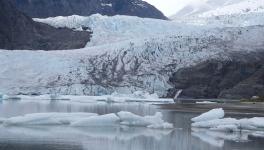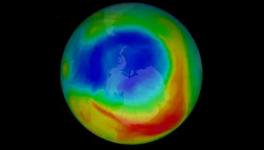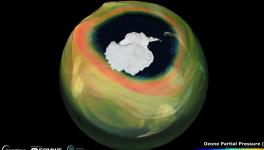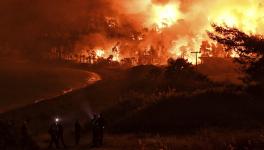Desertification is Rising in Central Asia: Study
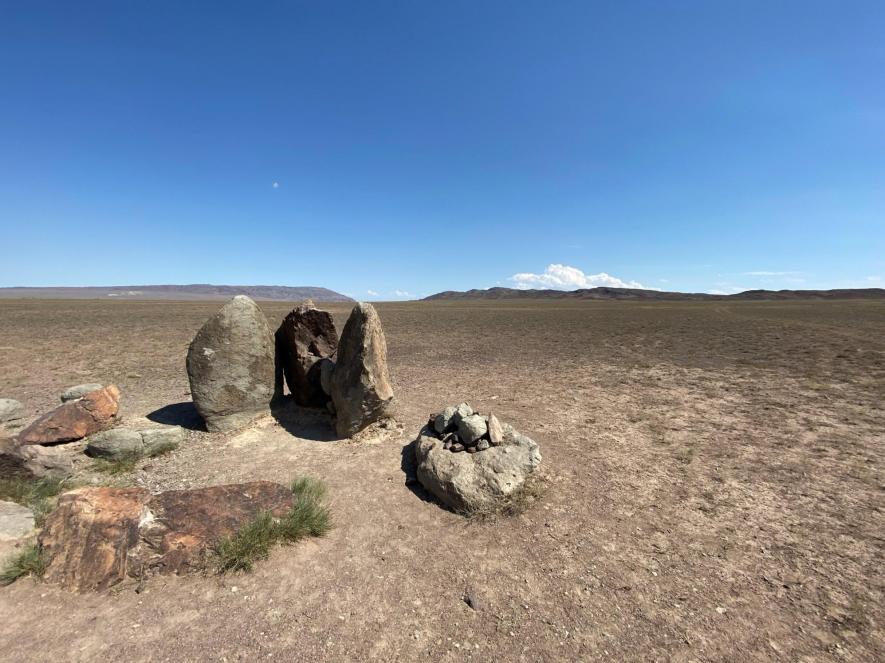
Desertification, as warned by scientists, may increase due to global warming and climate change. A recent study bolsters this alert which found that desert climates have been spreading by up to 100 kilometres in Central Asia since the 1980s. The study was published in the journal Geophysical Research Letters (GPL). The study also says that temperatures have been increasing for the last 35 years across Central Asia, including China, Uzbekistan, and Kyrgyzstan. Moreover, the study found that mountain regions have also become hotter and wetter during the same period, which may cause the withdrawal of some major glaciers.
Such changes are threats to the ecosystems and also to the people whose lives depend on them. Jeffrey Dukes, an ecologist in California, USA, commented on the findings, saying, "The findings are a "great first step" towards informing mitigation and adaptation policies."
Central Asia has dry climatic conditions, with 60% of the region having a drier climate with infrequent rainfall. This indicates that very little water is available for plants and other species. The region's large parts are vulnerable to rising temperatures, and the risk of droughts increases with increased evaporation in the soil. On top of that, climate change is there. Previous research also showed that large swathes of Central Asia witnessed changes in average temperatures and rainfall patterns. However, these researches contained less localised information, according to Qi Hu, the first author of the GPL study. Qi Hu is an Earth and climate scientist at the University of Nebraska, USA. He further commented, "We need to know the important subtleties of climate change in specific areas."
The study's authors, Qi Hu and Zihang Han, used air temperature and precipitation data from 1960-2020. They divided Central Asia into 11 climatic zones. In their assessment, they found that since the 1980s, the 11 climatic zones having desert-like climates have expanded towards the north by not less than 100 kilometres, including southern Kazakhstan, northern Uzbekistan, Kyrgyzstan, and also China's Junggar basin. This is a substantial expansion and has impacted adjacent climate zones, making them drier. They also found that in some places, the average temperature was 5 degrees higher between 1990-2020 compared to what used to be between 1960-1979. The researchers observed that the changing trend is that summers are getting drier, and rains occur mostly during winters.
Over time, this will lead to a dominance of plants that suitably adapt to hotter and drier climatic conditions. Concomitantly, this will impact animals depending on the grasslands of the steppe for grazing. Also, in some regions, a prolonged shortage of rains will lead the soils to become 'dead soil.'
On the other hand, the team found a different situation in the mountainous regions. For example, in parts of China, the rising temperature has increased the tendency of the precipitation to come down as rains rather than as snow, the researchers added. Higher precipitation of rains and rising temperatures will lead to further melting glaciers at higher altitudes, which is being witnessed already in many parts of the Tian Shan range of northwestern China.
"With a reduction in snowfall, glaciers in Central Asia will not replenish lost ice, meaning that less meltwater will flow to people and crops in the future,"—commented Tory Sternberg of Oxford University in a statement.
Get the latest reports & analysis with people's perspective on Protests, movements & deep analytical videos, discussions of the current affairs in your Telegram app. Subscribe to NewsClick's Telegram channel & get Real-Time updates on stories, as they get published on our website.










